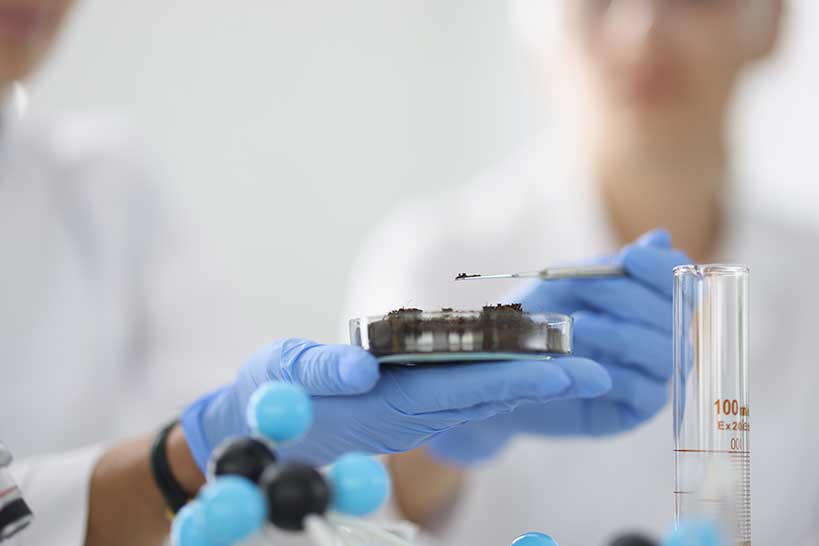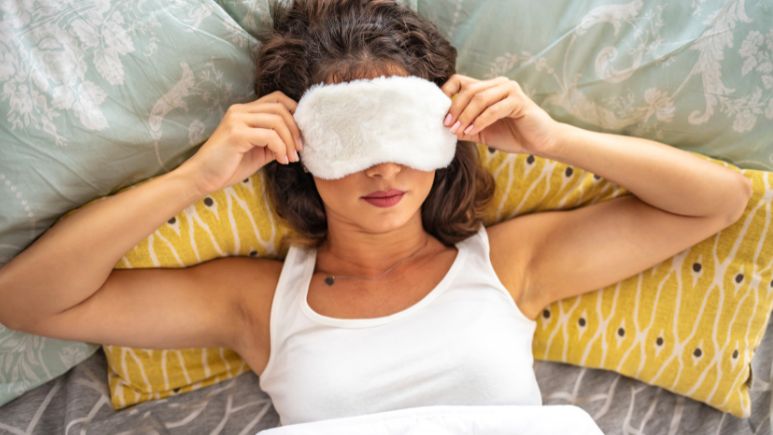General Wellbeing
Heatable Eye Mask Therapy for Blepharitis
Blepharitis, an uncomfortable eye condition, can make everyday life feel like a constant battle. The irritation and inflammation of the eyelids can leave you desperate for a solution that brings genuine relief.
One effective way to find relief from the discomfort of blepharitis is by using a heat mask for sore eyes, which can help soothe the irritation and inflammation of the eyelids.
Introducing Heat Therapy! Using a simple heat mask for sore eyes can help relieve the symptoms of blepharitis and boost your eye health. This natural remedy is not only non-invasive, but it also integrates smoothly into your daily routine.
But how exactly does heat therapy work its magic, and what should you know to use it effectively at home?
Have you ever wondered if a simple warm compress could be the key to soothing your blepharitis symptoms?
Key Takeaways
- Blepharitis is a common yet irritating condition that affects the eyelids, causing redness, swelling, and discomfort
- Heat therapy can be a highly effective home remedy for blepharitis, alleviating symptoms and improving overall eye health
- Consistent use of heat therapy can prevent flare-ups and maintain healthy oil flow in the eyelid glands
- Different heat therapy options, including warm compresses and heated eye masks, provide flexibility for at-home care
- Monitoring your symptoms and consulting an eye care professional can significantly enhance your treatment plan
Understanding Blepharitis
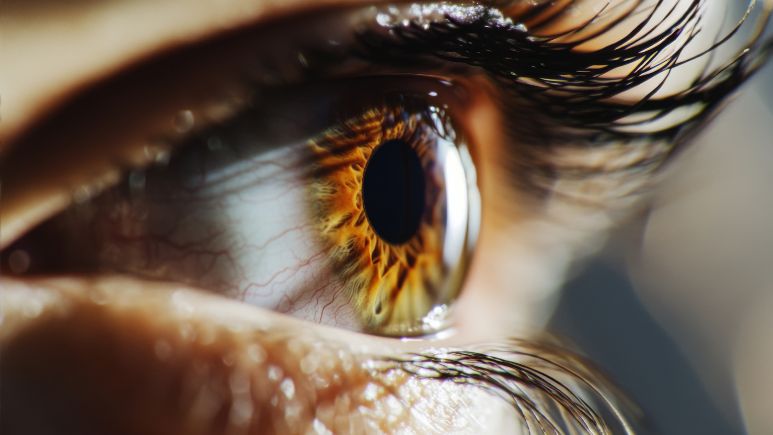
Blepharitis is a condition that many of us might not have heard about until we experience it ourselves. It targets the eyelids, leading to inflammation and irritation that can disrupt your daily life. Whether you’re dealing with itchy, red eyelids or an unsightly, crusty buildup, understanding blepharitis is the first step towards managing it effectively.
What is Blepharitis?
Blepharitis is a common eye disease that causes the eyelids to become inflamed and irritated. Often, it results in red, swollen eyelids that are not only uncomfortable but can also be quite distressing. You might notice crusty flakes forming around the eyelashes, a hallmark of this condition that affects both children and adults alike. The inflammation typically occurs along the eyelid margins, where the eyelashes meet the skin, resulting in a persistent irritation that can interfere with your daily activities.
This condition stems from a variety of causes, ranging from bacterial infections to skin conditions like dandruff and rosacea. The meibomian glands, which are responsible for producing
oils that keep the eyes moist, can also malfunction, contributing to the development of blepharitis. Allergies and even tiny eyelash mites may play a role, making it a multifaceted ailment that requires a comprehensive approach to treatment.
Symptoms of Blepharitis
When it comes to symptoms, blepharitis doesn’t hold back. The most common complaints include redness and swelling of the eyelids, often accompanied by a burning or stinging sensation. You might notice excessive tearing, which paradoxically leads to dry eye symptoms, making the condition even more uncomfortable. The persistent crusty build-up along the lash line is another frequent issue, causing further irritation and discomfort.
These symptoms can vary in intensity and may come and go, making it crucial to pay attention to your eyelid health. You might experience periods of relative calm followed by flare-ups, where the swelling and redness become more pronounced. It’s during these times that effective management becomes vital to prevent the discomfort from escalating and affecting your quality of life.
Causes of Blepharitis
Blepharitis can be a tricky condition to pin down due to its varied causes. Bacterial infections are often at the heart of it, with certain bacteria colonising the eyelids and leading to inflammation. Skin conditions like dandruff and rosacea can exacerbate blepharitis, adding another layer of complexity to its management. One of the major culprits is meibomian gland dysfunction, where the glands fail to produce enough oils to keep the eyes lubricated, resulting in dryness and irritation.
Additionally, allergies and eyelash mites might contribute to the development and persistence of blepharitis. These tiny mites, though a normal part of the skin’s ecosystem, can sometimes multiply and cause an imbalance, leading to inflammation. Understanding these causes can help you tailor your approach to managing blepharitis, focusing on addressing the underlying issues to achieve long-lasting relief.
Heat Therapy for Blepharitis

Facing blepharitis without a proper treatment plan is like navigating a ship without a compass. It’s essential to address this condition head-on to prevent complications and maintain overall eye health. With effective treatments at your disposal, you can reduce the risk of chronic inflammation and improve your quality of life.
Why Proper Treatment is Essential
Proper treatment for blepharitis is essential because it prevents the condition from spiralling into more complex issues. Without intervention, you might find yourself dealing with dry eye syndrome, a common complication that can significantly affect your vision. Consistent care is the cornerstone of maintaining overall eye health, ensuring that your eyes remain comfortable and functional.
Early intervention is crucial in reducing the risk of chronic blepharitis, where inflammation becomes a persistent issue. By addressing the symptoms early on, you can avoid the discomfort of chronic inflammation and enhance your quality of life. Lid hygiene plays a pivotal role in effective management, as keeping the eyelids clean can prevent the build-up of crusts and debris that exacerbate the condition.
Risks of Untreated Blepharitis
Ignoring blepharitis can lead to a host of problems that extend beyond mere discomfort. Persistent swelling and soreness can become your constant companions, affecting your day-to-day activities. In chronic cases, the inflammation may damage the cornea, the clear front part of the eye, leading to more serious vision issues.
Moreover, untreated blepharitis can allow infections to spread, compounding your problems. The meibomian glands can become blocked, resulting in a decrease in oil production and exacerbating symptoms of dryness. Over time, the neglect of this condition can lead to vision problems, making it imperative to address blepharitis promptly and effectively.
Role of Heat Therapy in Treatment
Heat therapy emerges as a hero in the fight against blepharitis, offering relief and comfort. By applying warmth, you can effectively loosen crusts and debris along the eyelid margins, making them easier to remove. This simple method stimulates oil production in the eyelids, addressing the dryness that often accompanies blepharitis.
Regular application of heat therapy can reduce inflammation and swelling, providing a soothing effect that enhances your overall eye health. It’s a fantastic complement to other treatments, offering a holistic approach to blepharitis management. Whether you’re using a warm compress or indulging in an eyelid massage, heat therapy can be a game-changer in achieving comprehensive care.
Benefits of Heat Therapy for Blepharitis
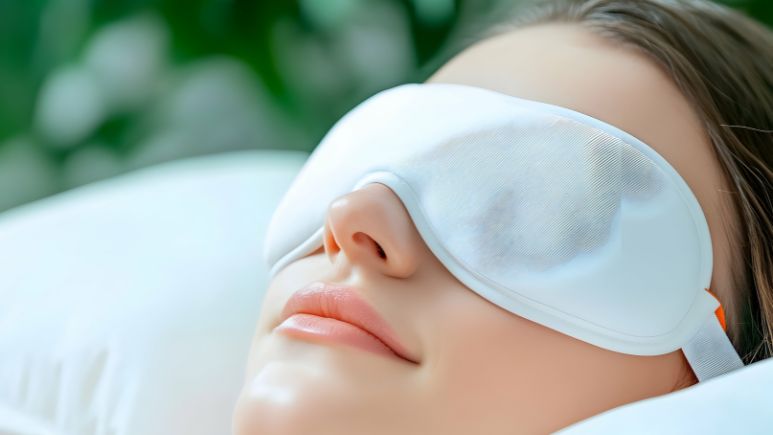
When it comes to natural remedies for blepharitis, heat therapy stands out as a powerful ally. By harnessing the power of warmth, you can alleviate symptoms and support long-term eye health. Let’s delve into the benefits of heat therapy and how it can transform your approach to blepharitis management.
How Heat Therapy Helps Alleviate Symptoms
Using heat therapy offers a multitude of benefits for those battling blepharitis. A warm compress can work wonders by softening crusts, making them easier to remove without irritation. The application of heat improves blood circulation in the eyelids, facilitating healing and reducing redness and swelling significantly.
Regular use of heat therapy not only soothes irritation and discomfort but also addresses the underlying issues contributing to blepharitis. For instance, if you experience dandruff on your eyelids, applying a warm compress can help alleviate the symptoms. Pairing heat therapy with natural remedies like manuka honey or artificial tears might amplify its soothing effects, providing you with a comprehensive approach to symptom relief.
Long-term Benefits for Eye Health
The long-term benefits of consistent heat therapy are profound, particularly for maintaining healthy oil flow in the meibomian glands. By keeping these glands functioning optimally, you can prevent recurring flare-ups and enjoy lasting eye comfort. Regular application supports overall eye health, ensuring that the tear film remains stable and effective in keeping your eyes moist.
Improved gland function is a key outcome of long-term heat therapy, enhancing the stability of the tear film and preventing the dryness that often accompanies blepharitis. By using warm water to apply consistent heat, you can support the health of your eyelashes and keep your eye health in check. This proactive approach can make a world of difference in managing blepharitis effectively.
Comparison with Other Treatment Options
Heat therapy shines when compared to other treatment options for blepharitis. Unlike surgical interventions, it is non-invasive and easy to incorporate into your daily routine. Heat therapy complements medications, providing a holistic approach to managing symptoms without the side effects associated with antibiotics.
Natural and gentle, heat therapy is a versatile option that you can easily use at home. Whether you’re using eye ointments or other medications, a warm compress or heat application can enhance their effects, providing comprehensive relief. This makes heat therapy an invaluable tool in your blepharitis management arsenal.
Types of Heat Therapy
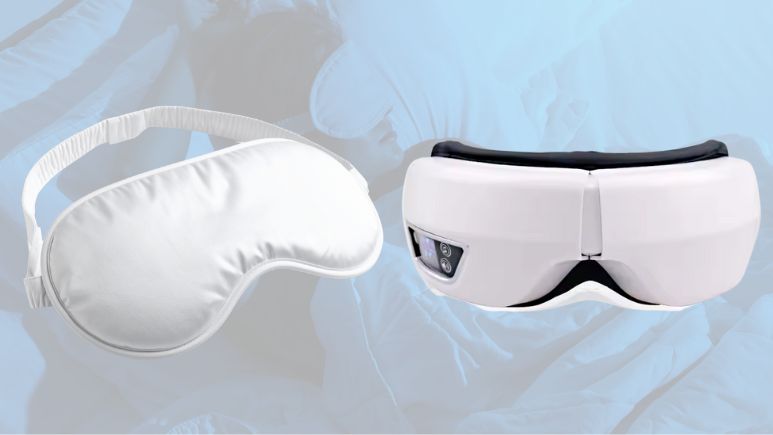
When it comes to heat therapy, you have several options at your disposal. From simple warm compresses to high-tech devices, these methods offer flexibility and convenience for at-home care. Let’s explore the different types of heat therapy available and how they can fit into your blepharitis management routine.
Warm Compresses
Warm compresses are a straightforward and effective method for relieving blepharitis symptoms. All you need is a clean cloth or cotton pad soaked in warm water to provide gentle and consistent heat. This method is not only simple but also incredibly cost-effective, allowing you to use it frequently for optimal results.
The application of warm compresses encourages the flow of oils from the meibomian glands, reducing dryness and irritation. By using natural oils and light heat, you can enhance the soothing effects of warm compresses, ensuring that your eyes remain comfortable and healthy. Frequent use ensures that you reap the full benefits of this natural remedy, making it a valuable addition to your blepharitis treatment plan.
Heated Eye Masks
Heated eye masks offer a convenient and consistent way to apply heat therapy. These masks are designed to provide warmth over extended periods, making them an excellent option for regular use. Many heated eye masks are reusable, allowing you to enjoy their benefits without breaking the bank.
With adjustable temperatures, you can personalise your experience, ensuring that the heat is just right for your comfort. Many masks are designed with relaxation and stress relief in mind, adding an extra layer of benefit to your blepharitis care. By maintaining eyelid hygiene and supporting the function of the meibomian glands, heated eye masks offer a comprehensive approach to managing blepharitis.
Other Heat Therapy Devices
For those seeking more advanced options, other heat therapy devices are available. Electric heating pads offer adjustable heat settings, allowing you to tailor your treatment to your needs. Gel packs can be warmed and reused multiple times, providing flexibility and convenience for busy individuals.
Some devices even combine heat with massage, offering enhanced relief for swollen or irritated eyelids. Portable options make it easy to incorporate heat therapy into your daily routine, whether you’re at home or on the go. These devices provide targeted treatment for blepharitis, addressing the swelling and skin irritation associated with ocular rosacea.
How to Apply Heat Therapy at Home
Applying heat therapy at home is straightforward and can be tailored to your specific needs. By choosing the right heat source and following proper techniques, you can maximise the benefits of this natural remedy for blepharitis relief.
Choosing the Right Heat Source
Selecting the right heat source is a crucial step in effective heat therapy. You want something that feels comfortable and effective for your unique needs. When choosing a heat source, opt for temperatures that are warm but not hot to prevent burns. Reusable options are a great choice for convenience and cost-effectiveness, allowing you to incorporate heat therapy into your routine without hassle.
Consider your personal preferences and lifestyle when selecting a heat source, whether it’s a warm compress or a heated eye mask. The right choice can make all the difference in your blepharitis management, ensuring that you’re comfortable and confident in your treatment approach.
Preparation and Application Techniques
Before diving into heat therapy, it’s essential to prepare your eyelids properly. Start by cleaning your eyelids to remove any debris or crusts, ensuring a hygienic application. Use a clean cloth or device to apply the heat gently, avoiding any pressure on the eyelids that could exacerbate symptoms.
Relax and keep your eyes closed during the application for the best results. This allows the heat to penetrate effectively, loosening any build-up and stimulating oil production in the glands. By incorporating eyelid massage with your warm compress, you can enhance the soothing effects, ensuring that your eyes receive the utmost care.
Recommended Duration and Frequency
For optimal results, apply heat therapy for about 5 to 10 minutes per session. Consistency is key, so aim to use heat therapy at least once or twice daily. This regular application can maximise the benefits of heat therapy, providing lasting relief and preventing flare-ups.
Adjust the frequency based on your symptoms and comfort level. If you’re experiencing a particularly severe flare-up, you might find that increasing the frequency of heat therapy sessions provides additional relief. By combining heat therapy with other remedies and monitoring your progress, you can tailor your approach to achieve the best possible outcomes.
Precautions and Safety Measures
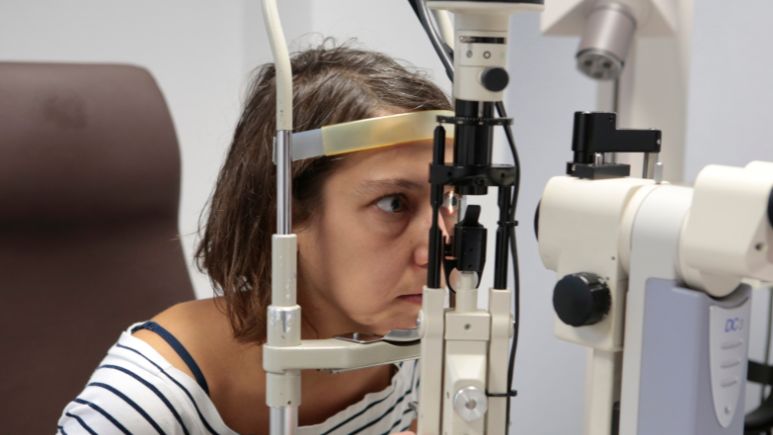
While heat therapy is generally safe, it’s important to be mindful of potential risks and take precautions to ensure its effective use. By following safety guidelines and consulting with an eye care professional, you can enjoy the benefits of heat therapy without complications.
Potential Risks of Heat Therapy
Excessive heat can cause burns or irritation to the sensitive skin around the eyes, so it’s crucial to test the temperature before application. Improper use may lead to increased redness or swelling, exacerbating the very symptoms you’re trying to alleviate. In rare cases, allergic reactions to the materials used in heat therapy devices can occur, so be sure to choose products that are compatible with your skin.
Overuse of heat therapy might result in temporary discomfort or dryness, highlighting the importance of moderation. By being aware of these potential risks, you can take the necessary steps to avoid them and enjoy the full benefits of heat therapy.
Tips for Safe and Effective Use
To ensure safe and effective use of heat therapy, always test the temperature of the heat source before applying it to your skin. Follow the manufacturer’s instructions for any heat devices, and consult with an eye care professional before starting treatment. If you experience any irritation or discomfort, discontinue use and consult a healthcare provider.
By being proactive and informed, you can confidently integrate heat therapy into your blepharitis management. Regular check-ups with an eye care professional can also help ensure that your treatment plan remains effective and tailored to your needs.
Consulting with an Eye Care Professional
An eye care professional can provide invaluable guidance on incorporating heat therapy into your blepharitis treatment plan. By offering personalised advice and ensuring regular check-ups, your optometrist can help prevent complications and refine your approach to care.
Discuss any concerns or changes in symptoms promptly with your eye care provider. This open communication can lead to a more effective treatment plan, ensuring that you receive the best possible care for your condition.
Incorporating Heat Therapy into Your Daily Routine
To reap the full benefits of heat therapy, it’s essential to make it a consistent part of your daily routine. By integrating it seamlessly into your schedule, you can enhance the effectiveness of your blepharitis management.
Creating a Routine for Consistent Treatment
Establishing a routine for heat therapy can help ensure that you use it consistently. Schedule your treatment at times that fit conveniently into your day, perhaps pairing it with other self-care activities for ease. Consistent timing enhances the effectiveness of heat therapy, making it a reliable part of your blepharitis care.
If your symptoms change, don’t hesitate to adjust your routine accordingly. By being flexible and attentive to your needs, you can ensure that your treatment remains effective and aligned with your lifestyle.
Combining Heat Therapy with Other Remedies
For comprehensive care, consider combining heat therapy with other remedies. Eyelid scrubs can complement heat therapy, providing a thorough approach to lid hygiene. Artificial tears can help alleviate dry eyes, enhancing the soothing effects of heat therapy.
Discuss combination strategies with your eye care professional to tailor your approach. By integrating multiple remedies, you can support your overall eye health and effectively manage blepharitis symptoms.
Adjusting Treatment Based on Symptoms
Regularly monitoring your symptoms is key to evaluating the effectiveness of your treatment plan. If your symptoms persist or worsen, consider adjusting the frequency or duration of heat therapy. During flare-ups, increasing the number of applications might provide additional relief.
Maintain open communication with your eye care provider to ensure that your treatment plan remains effective. By being proactive and responsive to changes in your condition, you can achieve optimal results in managing blepharitis.
Monitoring Progress and Adjusting Treatment Plan
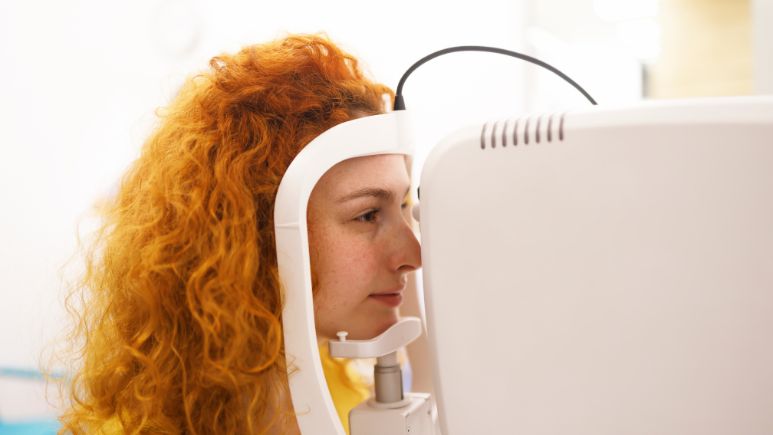
Tracking your progress is an essential part of managing blepharitis effectively. By keeping a detailed record of your symptoms and treatment outcomes, you can make informed decisions about your care.
Tracking Symptoms and Progress
Keep a journal to track your symptoms and treatment outcomes. Record any changes in comfort or eyelid appearance, and note any external factors that may affect your symptoms. This regular tracking helps identify patterns and evaluate the efficacy of your treatment plan.
By being diligent in monitoring your progress, you can gain valuable insights into the effectiveness of your approach and make necessary adjustments for improved results.
Making Adjustments as Needed
Evaluate your progress and be open to adjusting your treatment plan as necessary. Consult with your eye care professional for guidance on refining your approach. If your symptoms persist, consider exploring alternative therapies to achieve the relief you seek.
Stay proactive in managing your condition by being responsive to changes and taking a comprehensive approach to your treatment. This commitment to your eye health can lead to optimal outcomes and improved quality of life.
Seeking Professional Advice when Necessary
Don’t hesitate to reach out to an eye care professional if your symptoms worsen or persist. Their expertise can help refine your treatment plan and provide valuable insights into managing your condition effectively.
Schedule regular eye exams to monitor your overall eye health and address any concerns promptly. By seeking professional advice when necessary, you can ensure that your blepharitis management remains effective and tailored to your needs.
In summary, heat therapy offers a powerful and natural solution for managing blepharitis symptoms. By incorporating it into your daily routine and combining it with other remedies, you can achieve comprehensive eye care and enjoy lasting relief. Regular monitoring and consultation with an eye care professional can further enhance your treatment plan, ensuring that you receive the best possible care for your condition. Could this simple yet effective remedy be the key to transforming your experience with blepharitis?
Frequently Asked Questions
Blepharitis is a common condition that causes inflammation of the eyelids. It can result in irritation, redness, and itching of the eyelids, as well as crusty debris at the base of the eyelashes.
Heat therapy is a natural and effective way to alleviate symptoms of blepharitis. Applying warmth to the eyelids helps to soften the oils in the eyelid glands, making it easier to cleanse the area and reduce inflammation.
The most recommended method for heat therapy is to use a warm compress. Simply apply a heat therapy mask warmed in the microwave, and place it over closed eyelids for 5-10 minutes. Repeat this process a few times a day for optimal results.
It’s important to ensure that the compress is not too hot to avoid burning the delicate skin around the eyes. Additionally, always use a clean cloth to prevent the spread of bacteria and infection.
Individual results may vary, but many people experience improvement in their symptoms within a few days of starting heat therapy. Consistent and regular use of heat therapy is key to achieving long-term relief from blepharitis.

